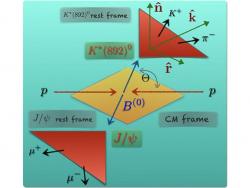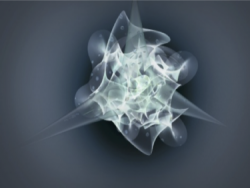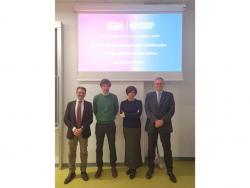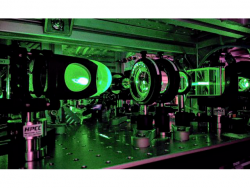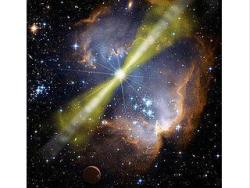- Home
- Department
- Research
- Teaching
- Post Graduate Studies
- Knowledge Transfer
- How To
Smallsats for Earth Observation
Research Strand:
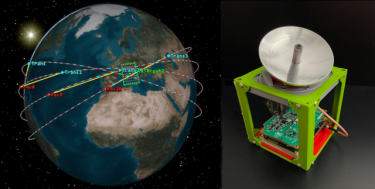
Recent technological advancements are promoting the use of small satellites (especially CubeSat) in space missions. This type of spacecraft is characterised by a highly miniaturised design, based on components that are readily available on the commercial market (COTS). The main scientific application of this innovation concerns Earth Observation (EO). Particular interest is directed towards atmospheric phenomena, since monitoring the content of the lower atmosphere is crucial for predicting and managing both nowadays daily catastrophic events, and the evolution of climate change on a longer time scale.
In this context, the SATCROSS space mission project, germinated in the Italian Space Agency (ASI), is aimed at studying water vapour in the troposphere using the normalised differential spectral attenuation (NDSA) technique. This measurement makes use of trains of satellites placed in low earth orbit (LEO), at a reciprocal distance such that their line of sight crosses the lower atmosphere tangentially to the ground surface. Between these satellites, suitably equipped with specific transmitters and receivers, a high-frequency signal is exchanged: its different attenuation along the way makes it possible to reconstruct the distribution of water vapour.
To this end, developments are required with respect to: mission analysis, through simulations that allow the architecture of the constellation to be defined; space segment set-up, particularly regarding the scientific payload design; and data analysis preparation. At the same time, the technological spin-off of this research may contextually be implemented in the space telecommunications sector.
Info
Last update: 02-17-2025 - 12:53


